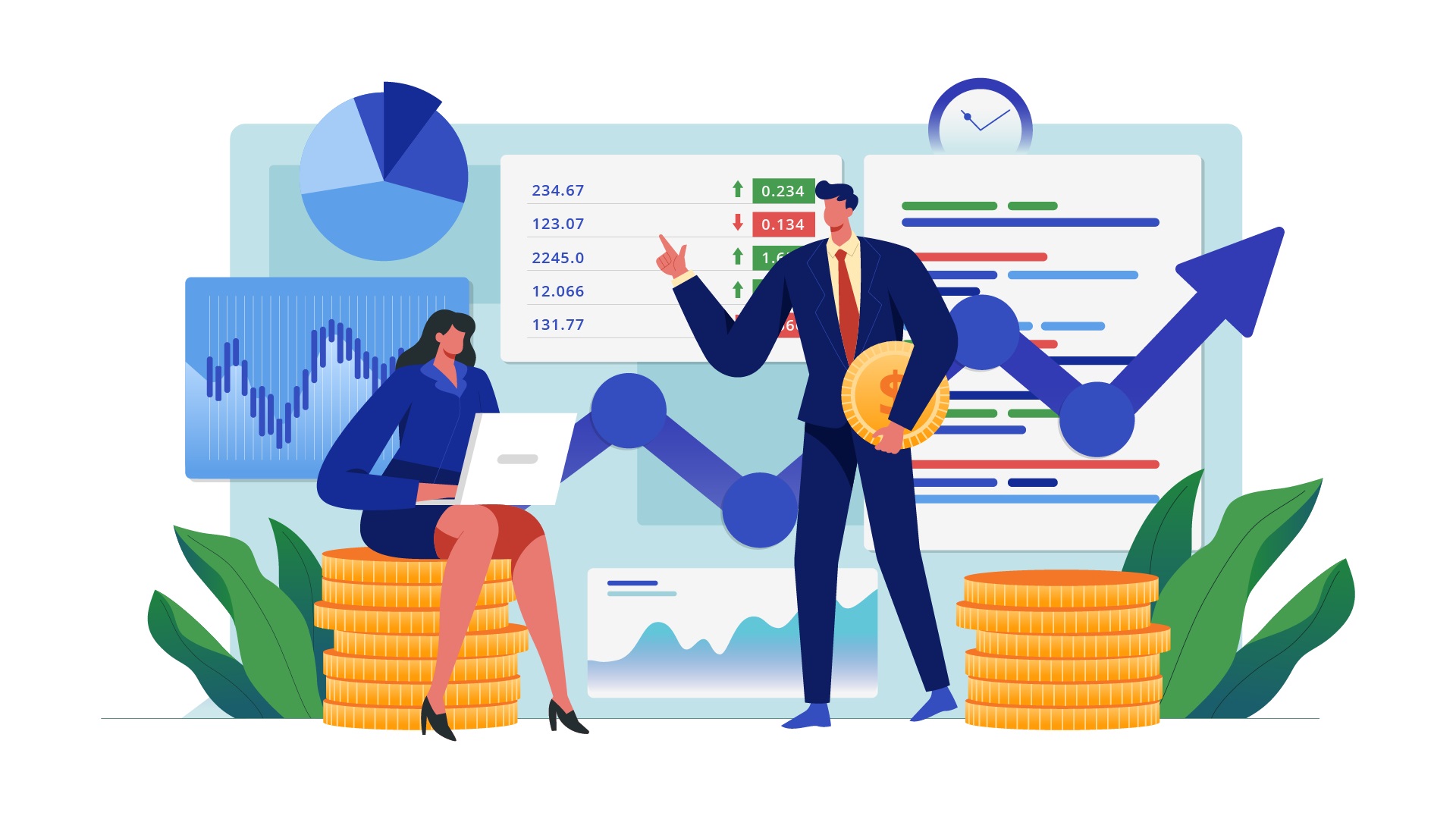Blockchain is the underlying technology of Web3 and can fundamentally change how an organization manages identity, data, brand, copyrights, and digital assets. Businesses must understand the latest consumer behavior and culture to implement blockchain successfully. Jakob Hansen, CEO of the Nordic Blockchain Association (NBA), walks us through the recent developments of blockchain technology, its role in enhancing security and trust, new innovations to expect in the next few years, and more.
*This article is a recap of our interview with Jakob Hansen at the session, The Consumer Blockchain: Is It Time for the Next Evolution of Digital Enterprises and Brands?
What should business leaders know before investing in blockchain technology?
The most important part is to understand the principle behind the project. We have got a great science-based blockchain in the Nordics called Concordium, where one of their key attributes is to simplify building an identity layer into a protocol. There are other protocols where high transaction volumes are extremely important. If you are working in TradeFI or financial institutions, you would want to work with a tool with a lot of speed. It’s important to identify what you want to create. First, the protocol layer and then the middleware or the ecosystem around it. Often, you are not trying to create a standalone system, you maybe need a wallet provider and security provider.
Do you see the perception of blockchain becoming more positive?
I think it’s extremely important to distinguish between blockchain and fraud and TradeFi in general. That’s often done with cryptocurrencies. It’s when a company takes a token, lists it publicly, and trades with it. For me, that’s a trading issue and has nothing to do with blockchain technology.
Transparency is an inherent part of blockchain that solves many fraud issues.
I think it’s good that there’s been a lot of dialogue about these issues as it brought awareness to blockchain technology. That’s just a gateway into what the technology can provide. The NBA focuses on what the technology can do for businesses and for the world.
How can blockchain enhance security and trust in applications and systems?
A blockchain process that businesses can put into place right now is product authentication. It provides good security for consumers. Blockchain enables authentication, supply chain visibility, product transparency, and warrant management. Brand loyalty is not the same as it was 10 years ago. Now trust is built on transparency.
This is especially true for upcoming brands where customers need to figure out whether or not to trust them. Being able to scan a QR code to see the product’s entire supply chain to verify if everything the business claims is true, especially with a business’ sustainability practices, is useful. Imagine if you have a retail product that has been certified, how will consumers know for sure? There are many offline processes to ensure customers can trust a certain certification and is very time-consuming. In a fast consumer space, I think instant and fast verification would ease a consumer’s buying behavior.
In addition, data security is extremely important, especially in the healthcare industry. Think about all the data that we are giving away. In Denmark, we have an amazing public healthcare system but I still have to provide sensitive information to both private clinics and insurance companies. There is a great project that is already live in South Korea. Basically, you put down your data on the blockchain, and only you have a private key to unlock that data. That means other parties can have your data but not read it.
Also, a smart contract is a business process in that you can wrap a digital lock around it and put it into motion when certain conditions are met. Smart contracts could optimize businesses tremendously.
What are the key steps businesses must take to facilitate consumers in blockchain?
This is dependent on the company and its consumers. Think about what smart contracts and blockchain can do with customer login data. Both technologies can offer customers a digital wallet with their login credentials. Personally, one of my digital wallets is in a Chrome extension and I use that to sign into Web3 companies. For example, companies can offer customers private digital logins or digital wallets that give them access to certain features. They can also charge a fee if customers want to access more. This allows businesses to interact with customers in a transparent way and opens up a variety of new business models.
Can blockchain reduce business costs?
Without a doubt. For example, I was part of a project where we tried to implement blockchain within the supply chain. However, it took some time for the suppliers to accept and learn it because it was a new technology platform. There are also initial implementation costs. From a supply chain perspective, implementation is quite fast if you control the whole supply chain. If you have smart contracts, you can agree on what needs to happen. You can do a consensus within your operations, which can be an expense claim from an auditor.
I also did a lot of employment reimbursement. With smart contracts, you can set approval settings. You can authenticate it from an audit perspective, just think about the transparency that you have if you are doing transactions online. If you can implement that into your internal processes, you can save a lot of time. You can also have cross-border transactions, instant settlements, and more.
What is your advice for business leaders who don’t know where to start with blockchain implementation?
Identify your purpose and why your business wants to work with blockchain. Is it to generate more revenue or become more cost-efficient? The tough part is that it’s a learning game where you need to cooperate. Blockchain is made on transparency and cooperation. I always say, “work together until lunch, compete in the afternoon.” Don’t try to solve problems by yourself. I’m sure you have a sparring group within your industry so try to team up with them.
Blockchain is a technology where you can create an infrastructure, and then you can compete on top of it. I would keep on being curious, and if you are not aware yet, ask around what the best use cases are. Organizations like the NBA are here to help. I know that you want to present a very clear plan to your superior or want to be very certain about a strategy. But with blockchain, being open-minded and asking for advice is the right way to go about it.
Where are we now with the development of Web3?
Web3 is not defined yet, we are still in the learning phase. Also, Web3 is not only blockchain but AI and other tech as well. If we’re looking at the blockchain aspect of it, there are a lot of really good use cases coming up. Even though there is talk of a bad market or crypto winter, we don’t focus on that in the ecosystem. We must distinguish between blockchain and Web3.
The way that I like to articulate blockchain is simple. It’s transparency, traceability, and trust.
My passion for blockchain started when I was an auditor because I was tired of old receipts. Now I know there’s a ledger, I don’t need to spend time on paper receipts. Over the last few years, many people have jumped on the blockchain bandwagon. A number of large corporations already have a clear strategy for blockchain implementation. How it should start is to identify the need in the organization, from a shareholder perspective as well as a KPI perspective.
What innovations can we expect in 2023?
We have talked a lot about data protection, and I think that will continue. Blockchain allows consumers to feel comfortable that their data and online presence are secure.
Next, sustainability and traceability. My personal belief is that we are seeing a huge consumer wave in verifying that companies are acting transparently and complying with the UN’s sustainability goals. Transparency is going to be one of the big drivers that blockchain will be a huge part of. This goes back to what I said earlier about product authentication, supply chain visibility, and product transparency. Also, the Metaverse is going to keep on expanding and create a lot of revenue opportunities. Security and transparency are also key factors here.
*The interview answers have been edited for length and clarity.






